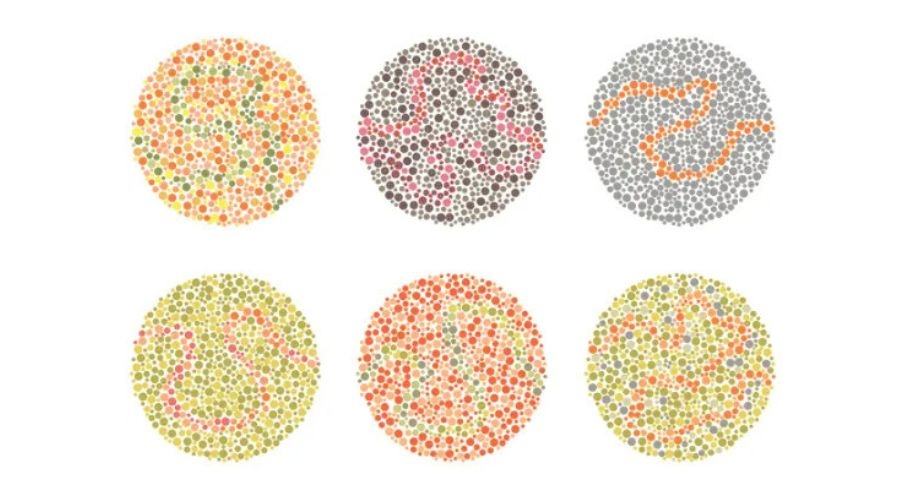Debunking the Myths of Color Blindness: Separating Fact from Fiction
- BY Dr. Steven Liem
- IN Eye Care

Color blindness, also known as color vision deficiency, is a common condition that affects millions of people worldwide. Despite its prevalence, there are numerous misconceptions and myths surrounding this condition. Let’s delve into some of the most pervasive myths of color blindness, debunking them with facts and shedding light on the truth behind this often misunderstood phenomenon.
Myth 1: Color Blindness Means Seeing the World in Black and White
One of the most prevalent myths about color blindness is the belief that individuals with this condition see the world entirely in black and white. In reality, most people with color blindness can still perceive colors, although they may have difficulty distinguishing between certain hues. Color blindness typically involves difficulty in distinguishing between specific colors, such as red and green or blue and yellow, rather than a complete absence of color perception. Click here to learn more about the different types of color blindness.
Myth 2: Color Blindness Only Affects Men
Another common misconception is that color blindness only affects men. While it is true that color blindness is more prevalent in males, affecting approximately 1 in 12 men compared to 1 in 200 women, women can still be color blind. The genetic inheritance of color blindness is more complex than a simple dominant or recessive trait, and women can carry the gene for color blindness without exhibiting symptoms themselves.

Photo from American Academy of Ophthalmology
Myth 3: Color Blindness is a Rare Condition
Contrary to popular belief, color blindness is not as rare as many people think. It is estimated that approximately 8% of men and 0.5% of women worldwide are affected by some form of color blindness. This means that millions of people around the globe experience challenges in distinguishing certain colors, highlighting the importance of raising awareness and understanding of this condition.
Myth 4: Color Blindness Cannot be Corrected
While there is currently no cure for color blindness, there are tools and technologies available to help individuals with this condition navigate the world more effectively. One such solution is colorblind glasses, which are specially designed to enhance color perception for people with color vision deficiency. Additionally, advancements in digital accessibility have led to the development of color blind-friendly features in software and digital platforms, making it easier for individuals with color blindness to access information and content.
Color blindness is a prevalent condition that affects millions of people worldwide, yet it is often shrouded in misconceptions and myths. By debunking these myths and spreading awareness about the realities of color blindness, we can foster a more inclusive and understanding society. At Zenni, we are committed to provide educational resources and information to empower individuals to make informed decisions about their eye health and eyewear needs. Let’s work together to dispel myths and embrace the diversity of human vision.


